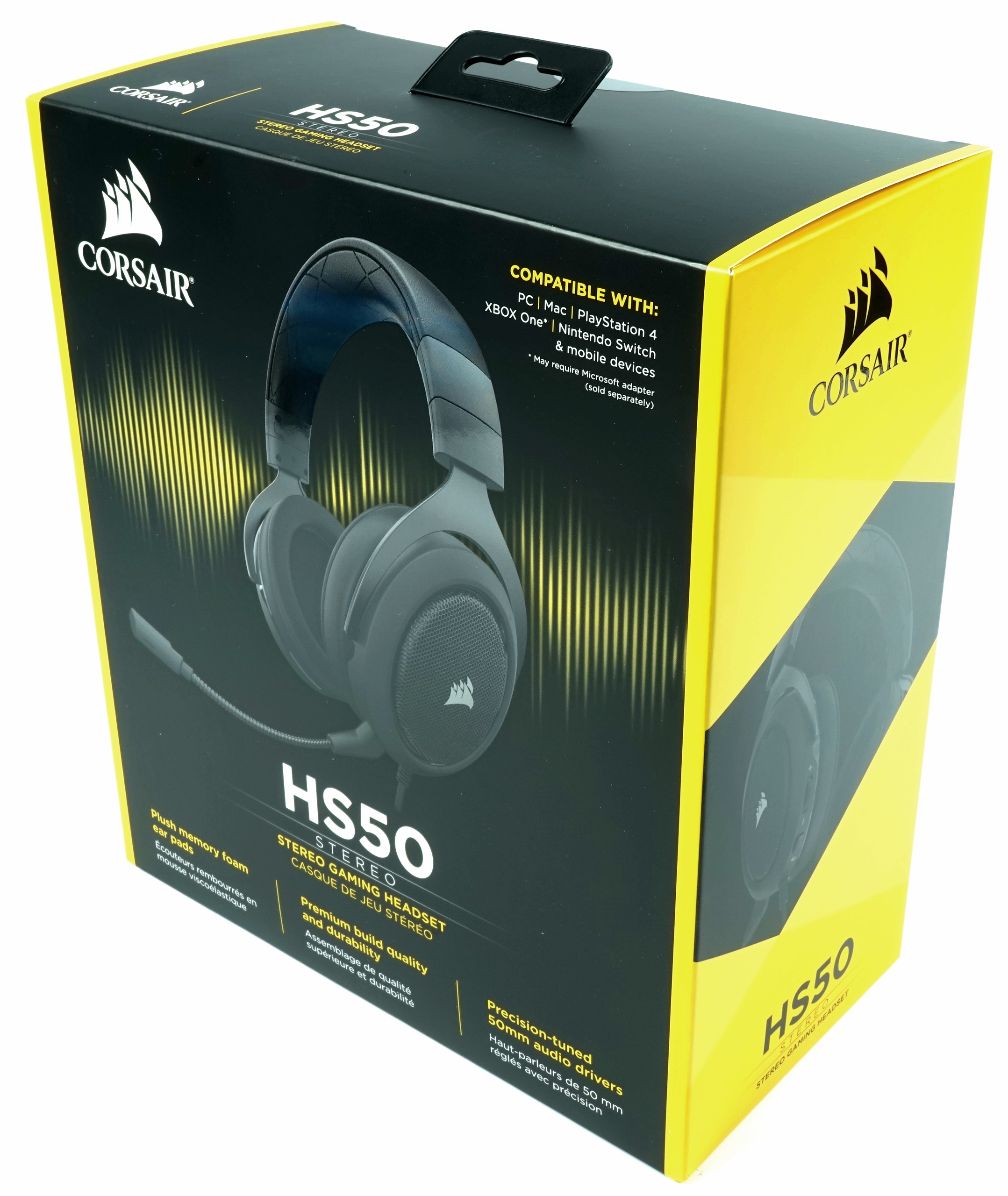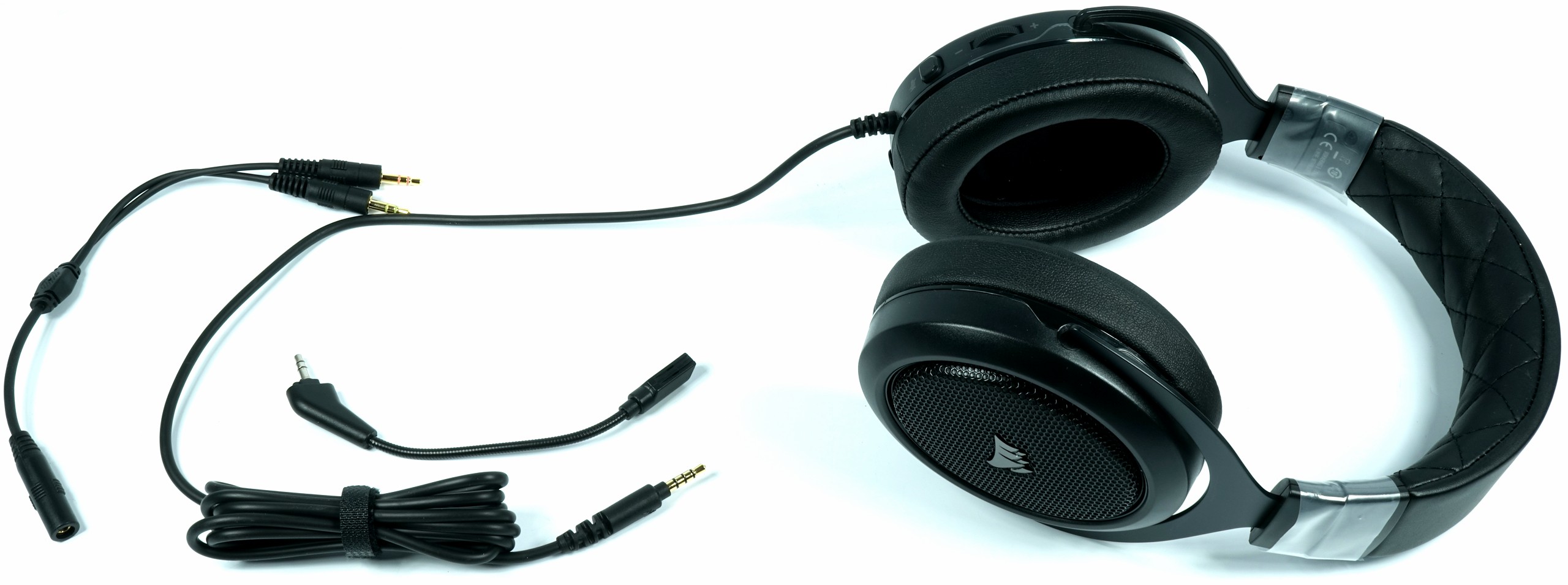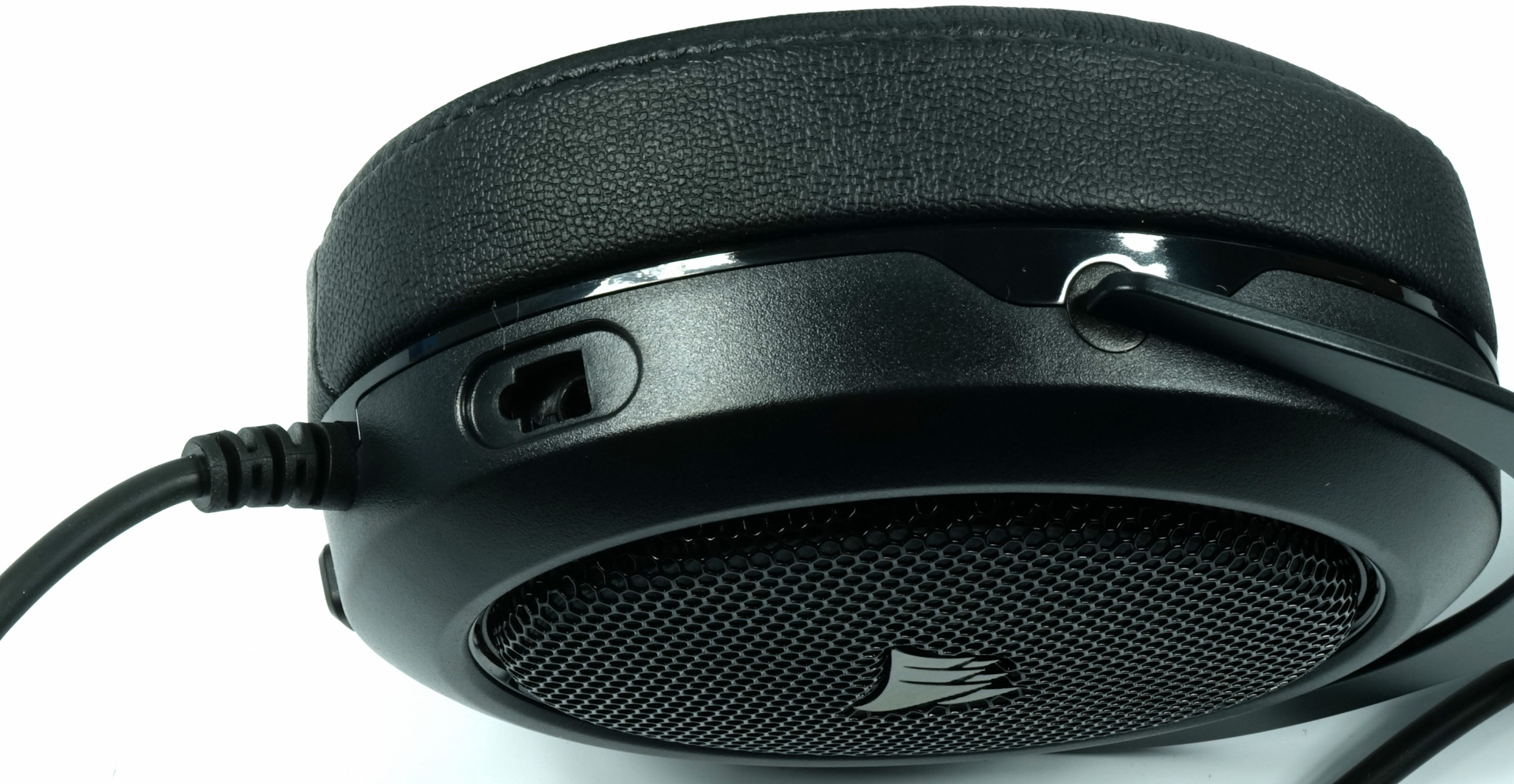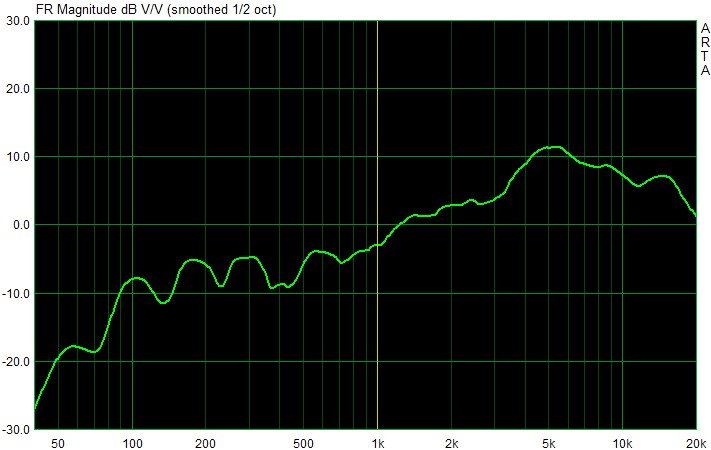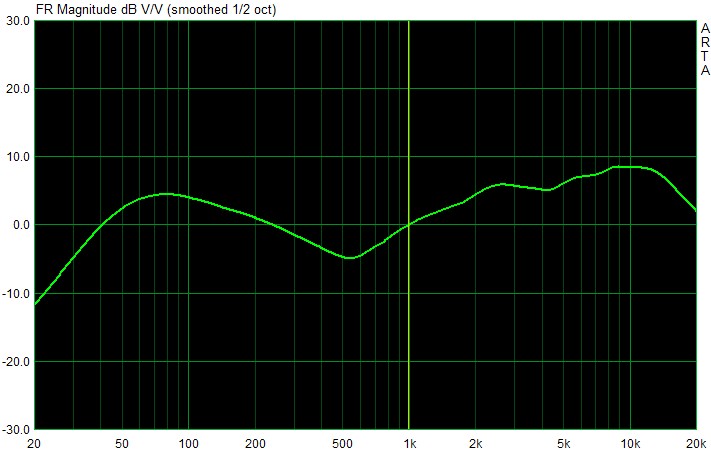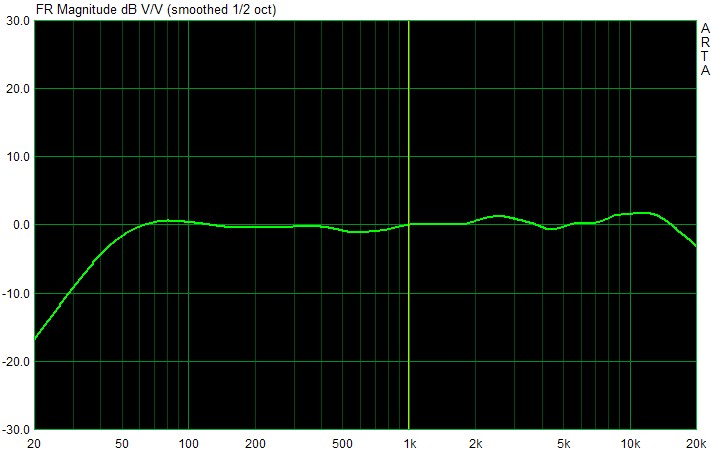Early Verdict
As an inexpensive gaming headset, Corsair's HS50 does exactly what it's supposed to, with an acoustic profile to match the target market. True audio enthusiasts can tune this for more natural sound, as we've done. However, a tight fit may prove uncomfortable over time for those with larger heads.
Pros
- +
Attractive price point
- +
Sharp, understated design
- +
Intuitive volume/mute controls
- +
Good sound (after equalizer optimizations)
Cons
- -
Not ideal for large heads
- -
Exaggerated lows and highs by default
Why you can trust Tom's Hardware
With a street price around $50, Corsair's HS50 is naturally an interesting contender. We're certainly not expecting any miracles from such a value-oriented headset. However, we're curious to see if the HS50 can beat higher-end models that put more emphasis on flashy looks.
Corsair's bundle includes the bare necessities. You get the headset itself, a detachable microphone, and a Y-splitter that combines 3.5mm jacks for audio in and mic out.
Specifications
Unfortunately, Corsair is a bit stingy with its technical data. Therefore, we had to take some measurements of our own for the specification table.
Look & Feel
Corsair was clearly going for a matte black plastic look. To provide a bit of contrast, the headband features quilted padding, while the back of the ear pieces are covered with metal mesh. As minimalists, we really like the classy, understated look of this model in carbon, though Corsair also offers blue- and green-highlighted versions. Gamers who favor flashier hardware will disagree with us, but we think gimmicky lighting is overrated. True superiority is demonstrated best by exemplary performance.
The ear pads are made of thin faux leather. In combination with rather loose-fitting foam cushions, they seem quite large. Thanks to their size, these pads cover the ears quite well, and even create a rather tight seal. Nevertheless, the system is not entirely closed.
Unfortunately, there is no way for us to open the ear pieces without risking damage, so we cannot experiment with modifications as we've done in some of our other reviews.
Comfort
Although the HS50 employs a semi-closed design that creates a bearable climate over your ears, it can get uncomfortable after only a few hours. Expect that you'll need a towel to mop up sweat once the action heats up.
Get Tom's Hardware's best news and in-depth reviews, straight to your inbox.
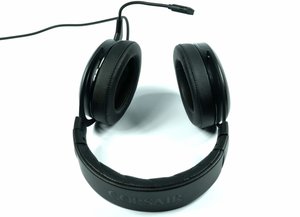
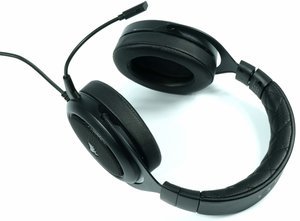
Fortunately, the headband's padding is soft and easy to clean. However, the band's fit is much too tight for larger heads. While it is possible to adjust the headband's length on both sides, that doesn't solve the problem. Even fully extended, the HS50 is just a few sizes too small.
The joint mechanism is limited to horizontal adjustments. Thanks to the large cushions, though, this is fully sufficient.
We consider the headset's fit to be good, overall. Just be sure to try it out for yourself before buying if you're worried about comfort during extended gaming sessions (particularly if you have a large head).
Functionality & Interface
The volume control and mute button are both located on the back of the left ear piece. They're both easy to reach and operate. Furthermore, the button is nice and big, so you won't miss it on accident. The potentiometer's synchronization is sufficient, though our sample's left channel activated a bit before the right one. Consider leaving the physical controls at their maximum settings and use Windows' slider to adjust the volume.
Microphone
The detachable microphone plugs in to a jack socket. Its shape ensures the mic goes in one way and is held onto securely. But there is no defined click when you push it in. You'll have to instead rely on the socket's tactile feedback.
Performance-wise, the flexible microphone does what it's supposed to do.
Measurements & Sound-Check
To read about our test methodology in depth, please check out How We Test Gaming Headsets, particularly page 6 where we detail the measurements we take.
We start with a measurement of the microphone's frequency range. For this test, we use a calibrated mic (for reference) in our purpose-built measuring room. This allows us to take comparative measurements and generate a curve that comes close enough for what we're trying to do (even if it isn't the most ideal method for testing Corsair's mic). So, while the limitations of our equipment don't allow us to calculate the microphone's exact frequency response, we do have a reasonable approximation to confirm our subjective impression.
There is a measurable low-cut below ~100 Hz that is also easy to hear, since the microphone is rather weak on bass to begin with. Thus, rumbling sounds should not be much of an issue. Speech intelligibility is impressive. However, the overall output level is not particularly high. You might want to adjust your sound card's settings to slightly boost its level. This might also mean you get some slight residual noise, unfortunately.
The sibilants (hissing sounds) are a little exaggerated. This is due to the fact that high frequencies are raised by almost 12 dB at 5 kHz to 6 kHz. This causes a metallic, cold-sounding impression. But it doesn't affect intelligibility. Only breathing and other air noises are more prevalent than we'd like.
Headphone Measurement
The original curve doesn't look bad, though it does demonstrate a typical bathtub shape. A bass boost of about 5 dB and an almost-9dB exaggeration of the high frequencies leaves no doubt about Corsair's target market.
If the neglected range at ~500 Hz is bolstered by 8 to 9 dB, volume is reduced at 8 kHz by ~5 dB, and loudness decreased by 1 to 2 dB at the 2 kHz mark, you get an almost linear result between 45 Hz and 16 kHz (±3 dB). This sounds significantly better (and also warmer) than the original.
Subjective Audio Experience - Original versus Optimization
Now let's subjectively test the original tuning compared to the results of our manual equalizer adjustment.
Bass Reproduction
We test the lowest bass in the sub-contra octave (16.4 Hz to 32.7 Hz) with a recording of Bach's Toccata and Fugue in D minor (19 and 25 Hz), as well as the festival overture composed in 1880 by Tchaikovsky (10 Hz and 12.5 Hz). The same applies to the lower ranges of the contra octave (32.7 to 65.4 Hz). The large bass drum, usually tuned to ~55 to 60 Hz, is used to complete this evaluation.
In stock form, the bass is a bit reserved from about 45 Hz upwards, but still has enough presence and even reasonable resolution. With our tuned profile, everything sounds more differentiated and clear, though. From about 30 Hz down, the reproduction gets a little thin. But the sub-contra octave is covered in its entirety, which should comfort those of us who enjoy powerful bass.
Reproduction of the large bass drum is sufficiently clear, with level stability that's appropriate for this price segment. The HS50's transient response is also respectable. Bass is certainly not one of Corsair's weaknesses.
Upper bass, up to 150 Hz, contains the male voice's fundamental speech frequency. Thus, it has a strong influence on the lifelike reproduction of male vocals.
This range already sounded balanced, right out of the box. There is a slight bit of exaggeration, though, which makes male vocals sound almost too rich and warm. But instruments sound quite natural. The resolution we observe is acceptable, allowing non-dominant sound sources to perform well.
Mid-Range
The lower mid-range (sometimes called "fundamental range") spans from ~150 to 400 Hz. Together with the upper bass, this range plays an important role in producing the subjectively perceived warmth and fullness of sound. This is also where the fundamental range of female vocals can be found.
The reproduction of female voices is almost spot-on. Vocals and instruments lean toward the warm side by default. However, higher frequencies are audibly more pleasant with our optimized profile, which does a better job of neutralizing the bathtub effect. The profile we created pushes this headset even further into the warm territory. It's a must-have for anyone who enjoys a good piece of music, although our changes won't make much of a difference for gaming.
The upper mid-range, from 400 Hz to about 2 kHz, contains the 1 kHz point that's used as a reference for many measurements. Unfortunately, this is often very noticeable, especially with cheaper devices, as manufacturers tend to overemphasize it a bit. This frequency range also plays a significant role in gaming, and its balanced reproduction contributes significantly to good spatial resolution.
The real problem area makes itself known at about 500 Hz. Without our help (using a software equalizer), many instruments lack important nuances, causing sound resolution to suffer enormously. A lot of the detail is either blurred or lost entirely. Fortunately, the sound stage and subjectively-perceived spacial resolution are both relatively good after our modification.
From a purely subjective point of view, music fans should perceive the orchestra positioned wide enough, even if some quieter sources can be hard to place. This is where the limitations of a $50 headset come into play. Gamers are hardly affected, though they'll still benefit from our equalizer-based optimizations.
High-Frequency Range
Between 2 kHz and 3.5 kHz is where the human ear is most sensitive, especially since the lower levels of this range are responsible for the human voice's overtone reproduction. This frequency range is crucial to the recognition of a voice or an instrument. Thus, in this context, it also relates to the respective tone color, or timbre.
Our improved profile makes everything in this range sound more natural, even if Corsair's stock settings already sounded pretty good. In both implementations, in-game sound localization seems fairly accurate.
The mid-high range (3.5 to 6 kHz) determines the success or failure of speech reproduction as a whole, since sibilant sounds (like the letter "s" and hiss sounds) fall into it. The upper trebles range up to about 10 kHz, where we pass into the territory of super-high frequencies.
Out of the box, high and super-high frequencies are amplified too much to be pleasant. Their reproduction sounds metallic and sharp, causing over-emphasized sibilants and air noises. Our optimizations give the headset more warmth and resolution.
The claimed frequency response of 20 Hz to 20 kHz is little more than a fantasy. With no tolerances defined in Corsair's specs, that's just a marketing-friendly range. Given the profile we created, you can realistically expect response from 45 Hz to 16 kHz with a deviation of ±3 dB, depending on how well the ear pads are adjusted. That's pretty darned good for $50.
Conclusion
No doubt, Corsair's entry-level price point sends a strong message to the competition. But not everything about the HS50 is pleasant. An exaggerated bathtub curve and tight fit can both get uncomfortable in their own ways. Landing somewhere between average and good earns this headset an approving nod from our editors. However, we aren't bowled over enough to roll out our more prestigious awards.
For gamers with a head circumference of less than 62cm who don't really care about natural-sounding music, and prefer loudness over neutral sound, Corsair's HS50 is a gem. On the other hand, audio enthusiasts who appreciate more linear reproduction, or simply have larger heads, might want to look at the Sound BlasterX H5 instead. It fits better and doesn't cost much more.
MORE: Best Deals
MORE: Best PC Builds

Igor Wallossek wrote a wide variety of hardware articles for Tom's Hardware, with a strong focus on technical analysis and in-depth reviews. His contributions have spanned a broad spectrum of PC components, including GPUs, CPUs, workstations, and PC builds. His insightful articles provide readers with detailed knowledge to make informed decisions in the ever-evolving tech landscape
